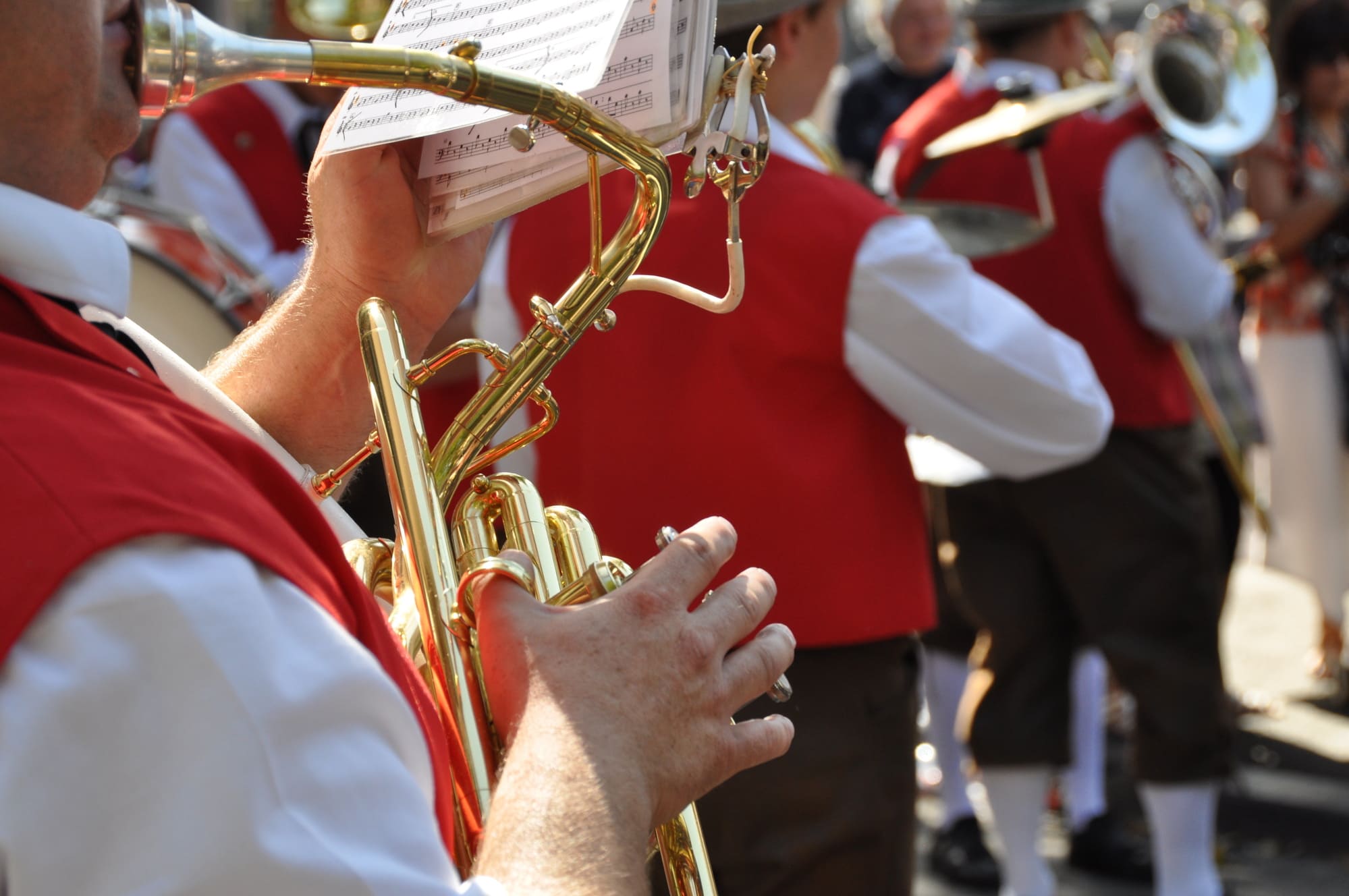Art and culture
What Are the Traditional Festivals of Piedmont?

Like every region in Italy, Piedmont is full of traditional festivals and events with irresistible appeal. Locating all of them is quite a feat.
We have not gone that far; it would take a long time to do serious research and unearth even those that are more hidden or have been lost over the years.
We have made a selection of the most characteristic and well-known of those that have managed to maintain their identity over time and that today represent significant and indispensable opportunities to discover part of Piedmontese folklore.
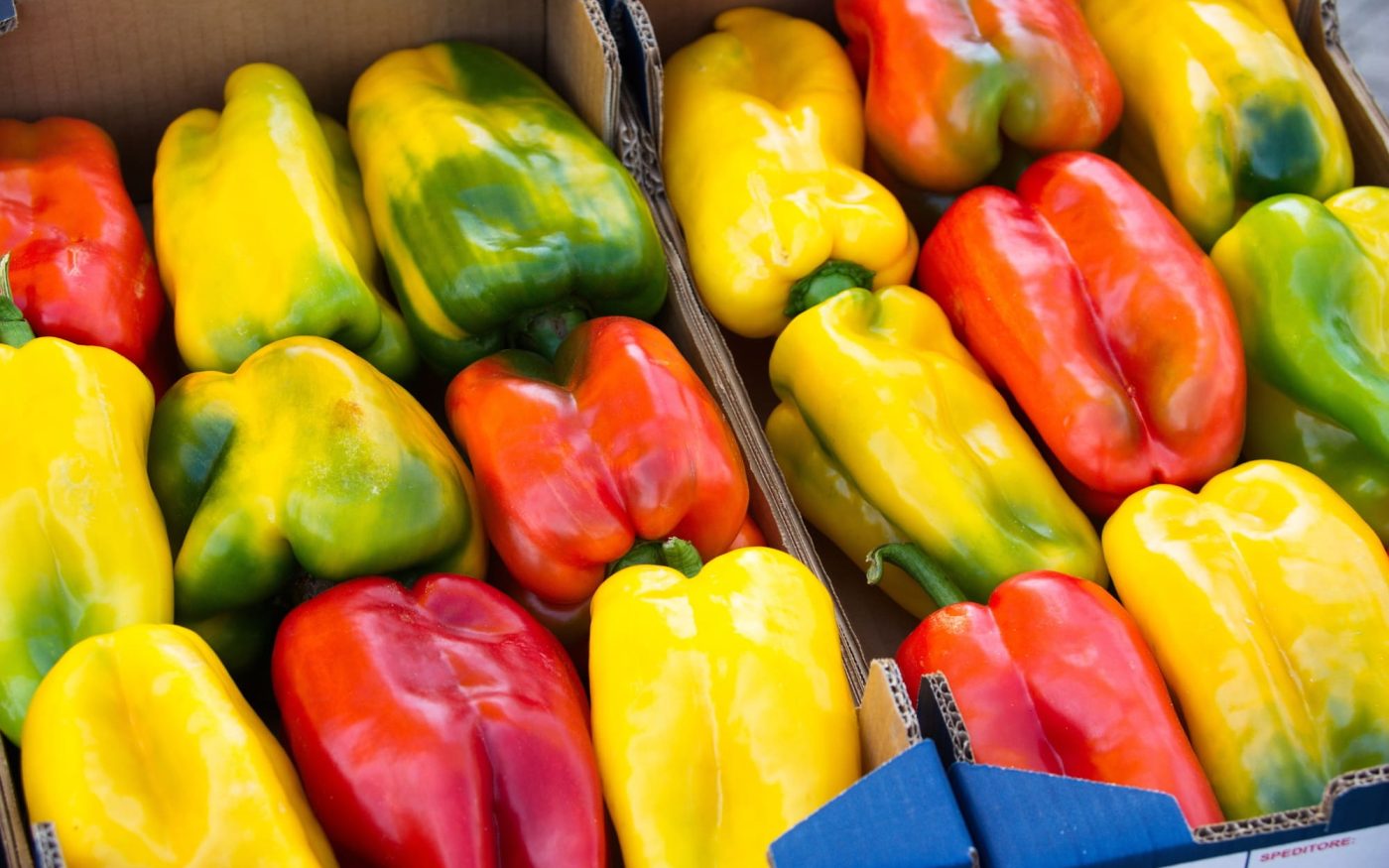
The fair attracts visitors from all over Italy and abroad.
This festival celebrates the bell pepper of Carmagnola, a typical excellence of the area. During the fair, the streets of the historic center are filled with colorful stalls offering a variety of products made from the star vegetable.
There are also performances, concerts, cooking demonstrations, contests and lectures to promote knowledge and the importance of preserving local bell pepper varieties.
The city of Asti the month of September offers three must-see events.
The Palio is an exciting horse race that dates back to the 13th century, where passion, village pride and medieval atmosphere are the essential elements.
The Festival of Festivals is an event for food and wine lovers, an extraordinary opportunity to enjoy culinary delicacies and a festive atmosphere.
La Douja d’Or is a prestigious wine competition of national scope. During the opening days, visitors have the opportunity to purchase and taste the award-winning wines in the competition and participate in various side events.
Stalls of all kinds, animals on display, travelling shows and agricultural machinery exhibitions in the shadow of the basilica.
The traditional “Fera dla Madona” is one of the largest fairs in Piedmont, held alongside the religious festival of the Nativity of Mary.
The event begins with a procession that arrives from Mondovi in the early morning hours of Sept. 8 and culminates in the Basilica of Regina Montis Regalis with a religious ceremony officiated by the Bishop of Mondovi.
A unique opportunity to discover and savour the white truffle, considered the diamond of Italian cuisine.
The Alba International White Truffle Fair is a world-renowned event that attracts truffle lovers from every corner of the globe.
In addition to the sale and display of the prized truffles, the fair also features a wide range of related events, such as food tastings, cooking demonstrations, meetings with experts and more.
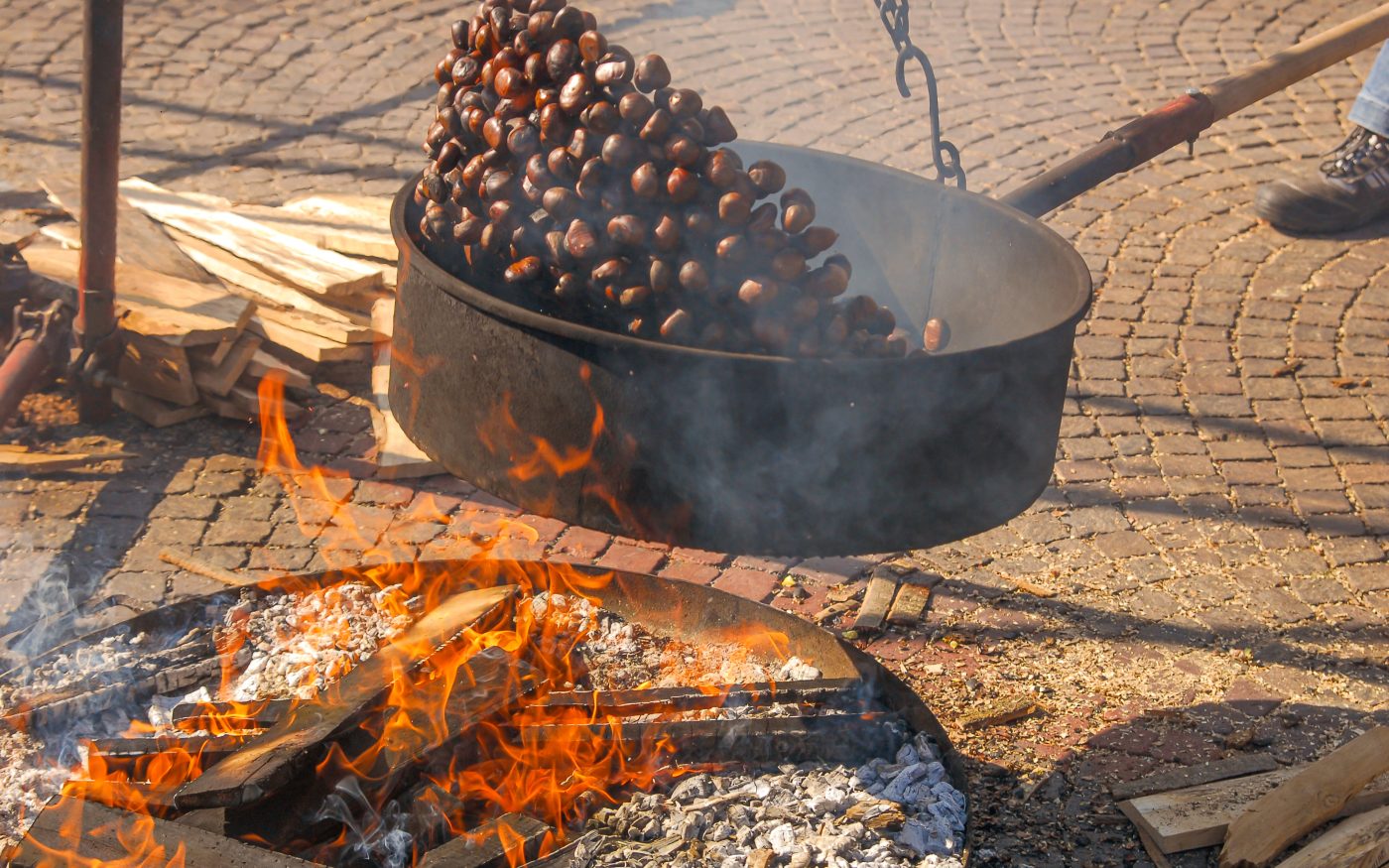
The main objective of the fair is to promote and enhance local chestnut farming, supporting farmers and spreading the culture of the Cuneo chestnut.
The event has achieved extraordinary success since its revival, attracting more than one hundred thousand visitors, including many foreigners, who immerse themselves in the narrow streets of Cuneo’s historic center.
The Chestnut Fair acquired the prestigious recognition of “Regional Fair” from Piedmont in 2005 and then the title of “National Fair” in 2009.
The preparation involves the use of the prized ‘Cece di Nucetto’ chickpea, cultivated right in the Dogliani area.
A culinary event with a great tradition, it is held during the Saints’ Fair on November 2 each year and attracts visitors from all over the region.
Cisrà, a typical soup, is distributed in large quantities during the event.
The fair is an opportunity to savor this traditional dish and immerse yourself in the authentic atmosphere of the Langhe, with its food and wine and cultural traditions.
In addition to the livestock exhibition, there is an expanded weekly market and an exhibition of agricultural machinery and equipment.
The first Fat Ox Fair was held on December 15th, 1910 to address the shortage of slaughter animals and rising meat prices. During the event, breeders are publicly awarded with coveted badges and sashes.
At the Palafiera in the Cuneo Alpine Division Square, the traditional no-stop boiled meat festival, organized by the Pro Loco, is also held.
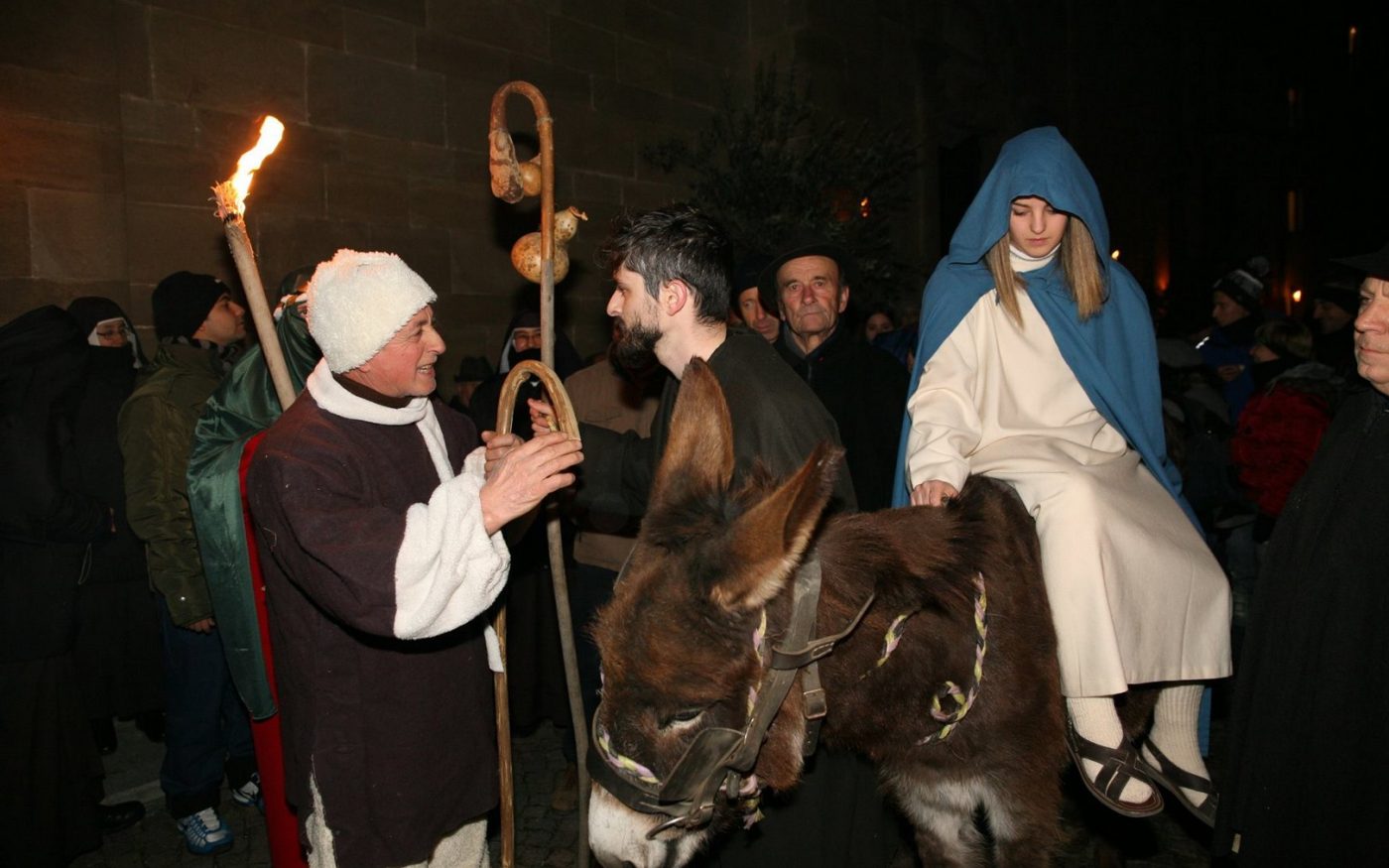
The nights of Dec. 23 and 24 in Dogliani are enlivened by the spectacular living nativity scene, a magnificent representation involving some 350 costumed figures.
Considered one of the largest nativity scenes in Italy, the village of Dogliani Castello creates an evocative atmosphere thanks to the meticulous reconstruction of scenes within its picturesque medieval alleys.
The festival, dedicated to one of the most typical autumn fruits, the medlar (puciu), is held in conjunction with the patronal feast of St. Nicholas.
Other not-to-be-missed events include the grand Puciu Fair market, the “Colors and Flavors of Langa” tasting lounge of local products, open from 9 a.m. to 6 p.m., and the distribution of delicious tripe and chickpea soup.
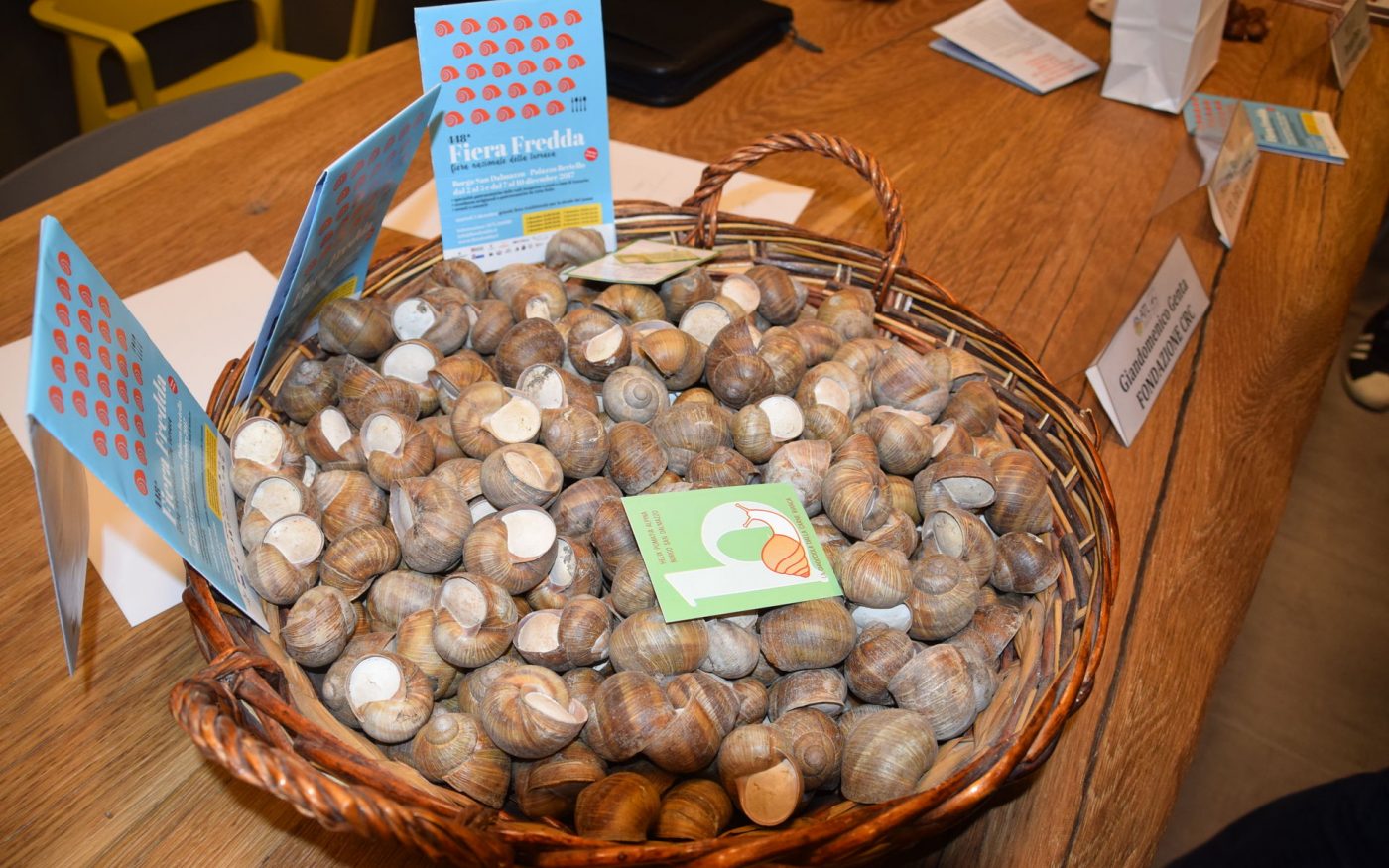
Every 5 December, the municipality becomes the gastronomic capital of the snail.
The Borgo San Dalmazzo Cold Fair is an event with a history of more than 400 years, established by Emanuele Filiberto in 1569.
Over the years, the Fair has expanded to include a week of side events including conferences, shows, exhibitions and food festivals, all centered on the snail.
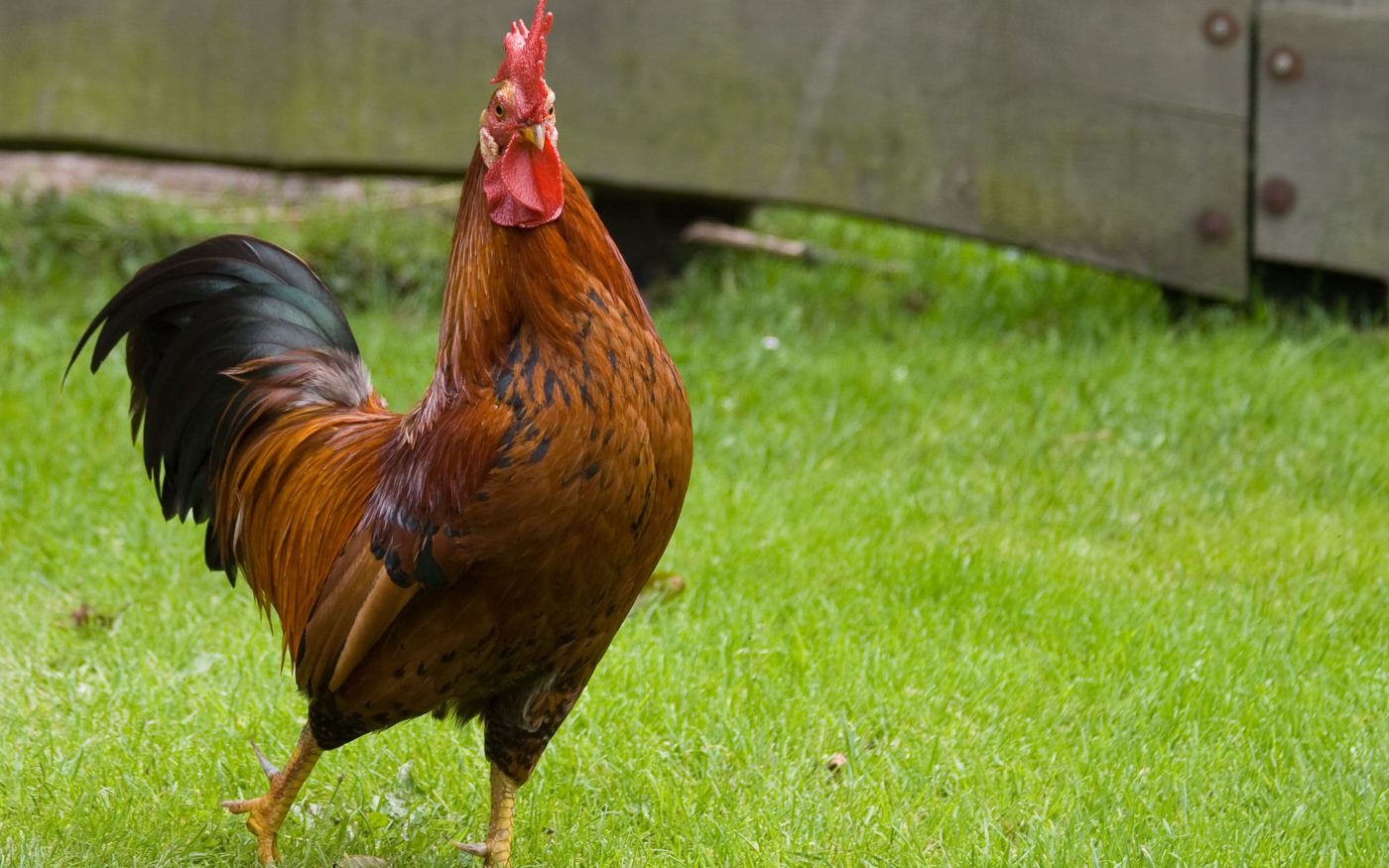
Morozzo Capon Fair, has over the years become a major event characterized by a lively and colorful market, accompanied by cultural moments that aim to enhance and keep alive the traditions and rich cultural heritage of Morozzo capon farming.
The fair, whose origins date back to the early 1900s, was reinvigorated in the 1950s by distinguished members of the local middle class. In addition to animal displays, the fair offers art contests, markets and tastings celebrating the capon, made famous in Manzoni’s verses.
Every year, on the feast of St Defendant on 2 January, beans are distributed.
The tradition in Castiglione d’Asti dates back to the 1200s and involves the distribution of beans to the poor.
The Pro Loco “La Castiglionese” is committed to maintaining the distinctive features of the Fagiolata: the event includes a mass, a historical procession and free distribution of legume soup to those present.
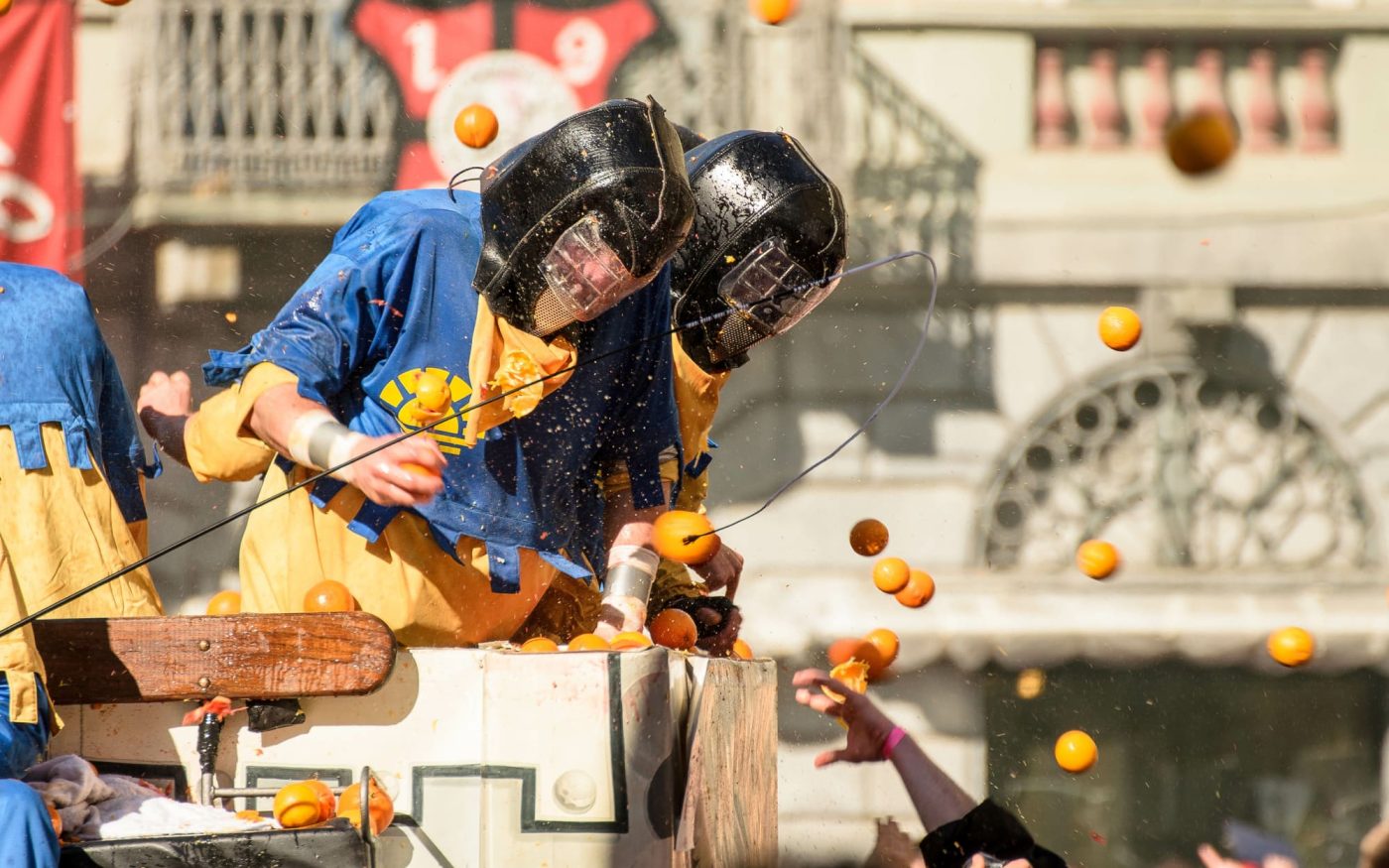
Unique and spectacular carnival with an ancient history that is distinguished by its traditional “Battalion of Oranges,” an engaging symbolic combat between the “orangeries” on foot and horse-drawn “war wagons,” in which oranges are used as weapons.
This tradition is linked to the 12th-century popular uprising against a local tyrant.
The Ivrea Carnival is recognized as an intangible cultural heritage of humanity by UNESCO and attracts visitors from all over the world eager to enjoy this extraordinary carnival experience.
Every year, the Spadonari of Venaus perform their famous folk sword dance to honor the town’s patron saints, St. Blaise and St. Agatha, whose feast days fall on Feb. 3 and 5, respectively.
This tradition, one of the oldest in the Susa Valley, originated between the 5th and 4th centuries and is meant to celebrate the transition from winter to spring, from death to rebirth, and to invoke fertility for the fields.
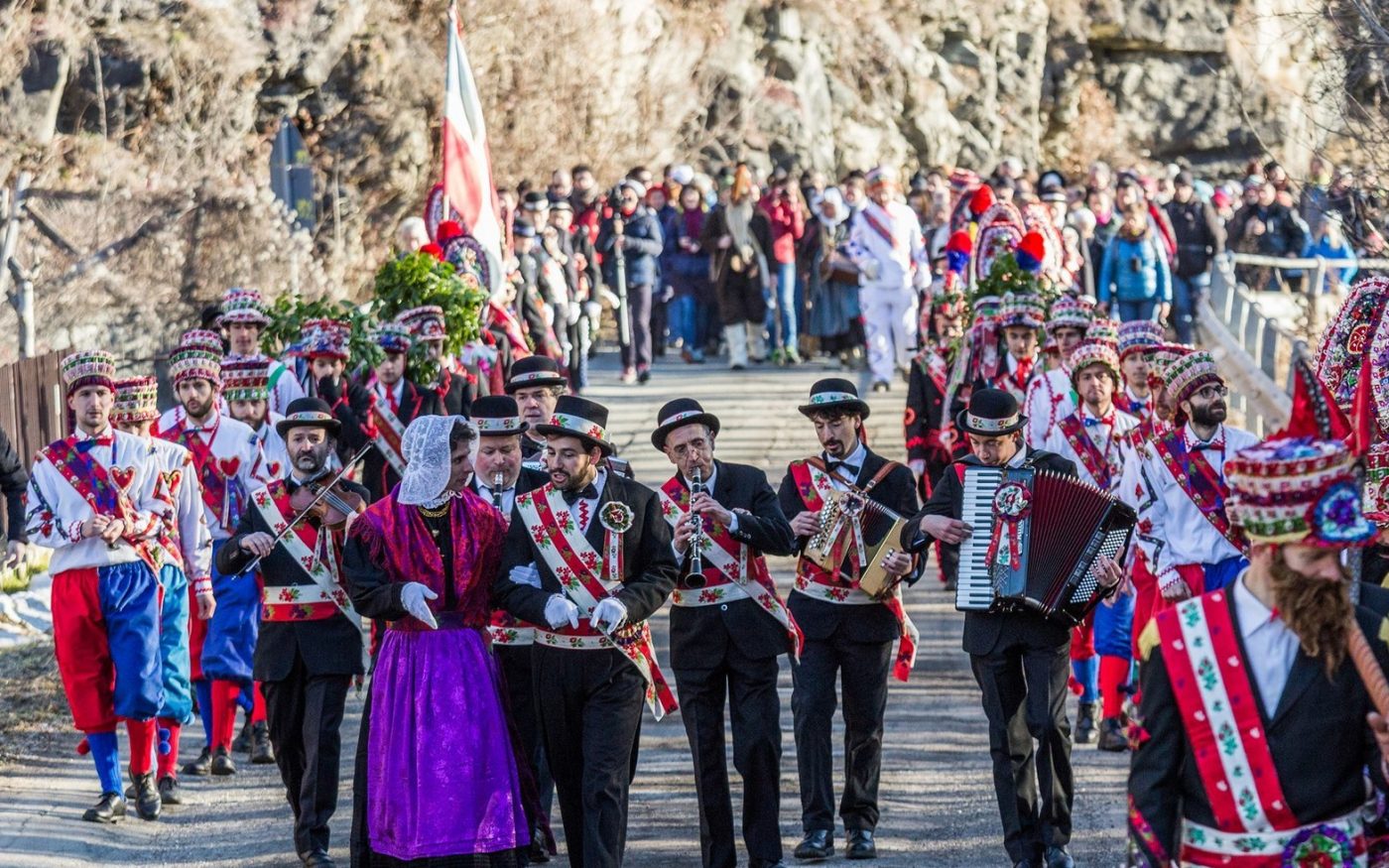
The “Baìo” is a traditional festival held every five years in Sampeyre, Varaita Valley. This millennial event celebrates thecultural identity and resistance of the local community against Saracen invaders.
Traditional dances, accompanied by authentic melodies played on instruments such as violins and accordions, unite the audience and performers in a collective dance that recalls the historical roots of the region.
The procession sees participants dressed up and carrying a wooden ladle to drink wine along the route.
The Mercu Scûrot Festival in Borgosesia is a unique event in Europe, as the carnival reaches its climax on the first day of Lent with a funeral procession symbolizing the funeral of the carnival itself.
The day ends with the Testament of Peru Magunella, the burning of the puppet representing the town mask, and a fireworks display.
The festival commemorates a 16th-century story in which some boilermakers were stranded in the area due to snow and were rescued by the generous local marquis who fed them with polenta and omelet.
A historical parade is organised starting from the medieval castle, with floats and costumed characters.
To honor this episode, in addition to the historical parade, there are various animations and re-enactments of ancient crafts.
A giant polenta weighing one ton is prepared and distributed on the main town square, topped with copious amounts of sausage, salami, cotechino, cod and other delicacies.
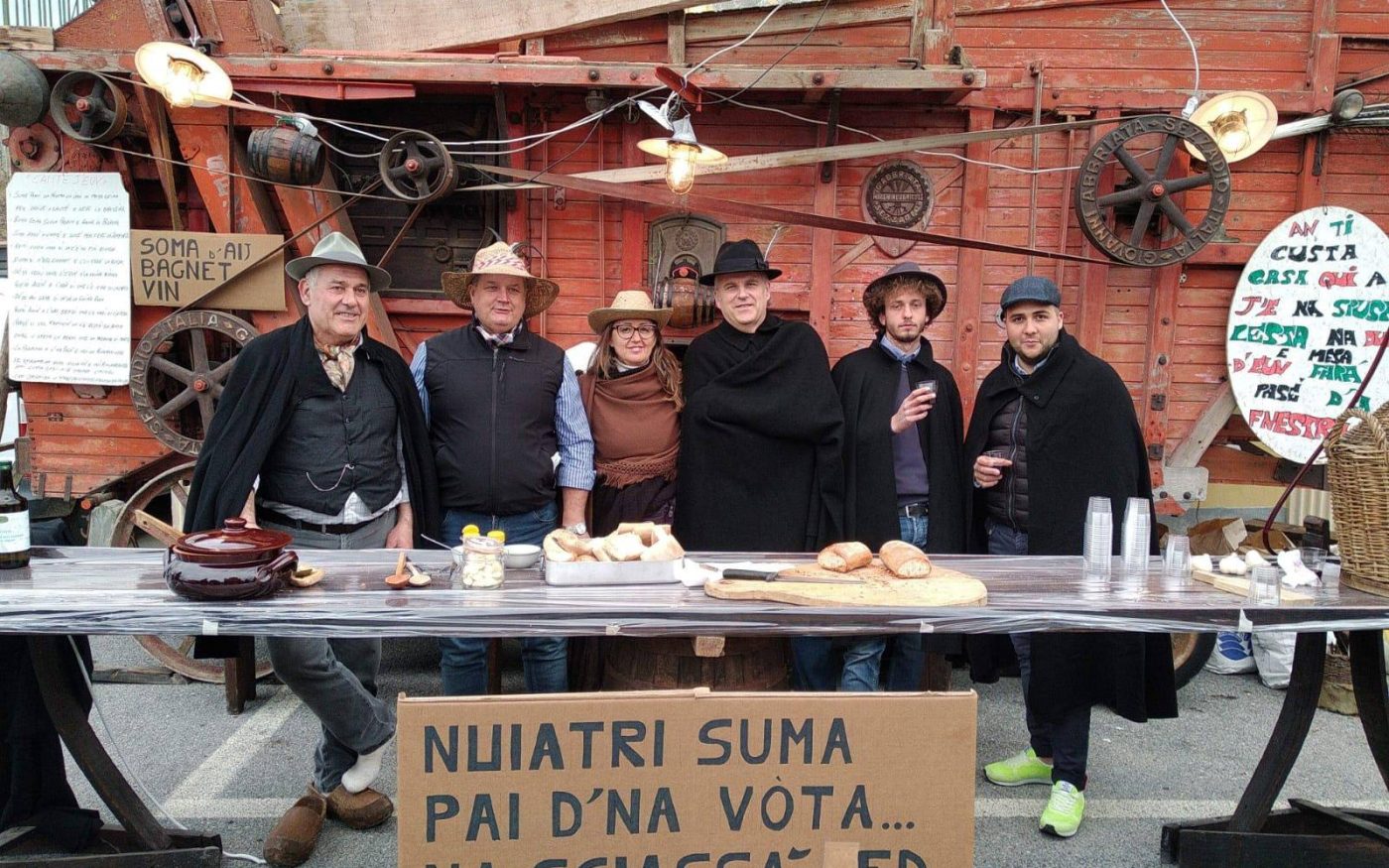
This custom is often called ‘egg quest’, which disappeared in the late 1950s and was revived in the 1970s.
This is one of Piedmont’s oldest rituals: toward the end of the Lenten season, groups of young people accompanied by a character called “fratucin” who wore a friar’s disguise and carried a basket on his back, would reach remote farmsteads.
Here they sang songs under their windows, waiting for the residents to come out to give them eggs or other foodstuffs in exchange for the auspicious song of Cantè J’Euv, also known as “Eggs Quest“.
The Run is a folk-historical reenactment rooted in distant times, linked to a legend of a foreign siege at Oleggio. The citizens, protected by the walls, were challenged to a race by the opposing soldiers.
The competition is held in a meadow called “Cake Meadow” and only unmarried youths can participate according to regulations.
The procession is a moment of devotion and participation for the whole community.
A fascinating religious rite that dates back to the 17th century and takes place during Good Friday in Vercelli. The “Machines” are large wooden sculptures representing the Stations of the Cross and are kept in local fraternity churches .
During the procession, members of the confraternities carry the statues on their shoulders along the streets of the city.
Legend has it that in 1436 a plague struck Asigliano, causing death and devastation. The inhabitants, in despair, asked forSt. Victor’s help, promising to make the oxen run slower in gratitude if the plague ceased.
Their prayer was answered and the ox race has been celebrated ever since. Historical records date back to 1658, but the destruction of evidence during battles makes it difficult to trace the origins.
The patronal festival also includes the distribution of blessed bread, the triumphal float and the candle, sacred symbols. The enchantment of the floats on the Saturday before the festival is a significant moment.
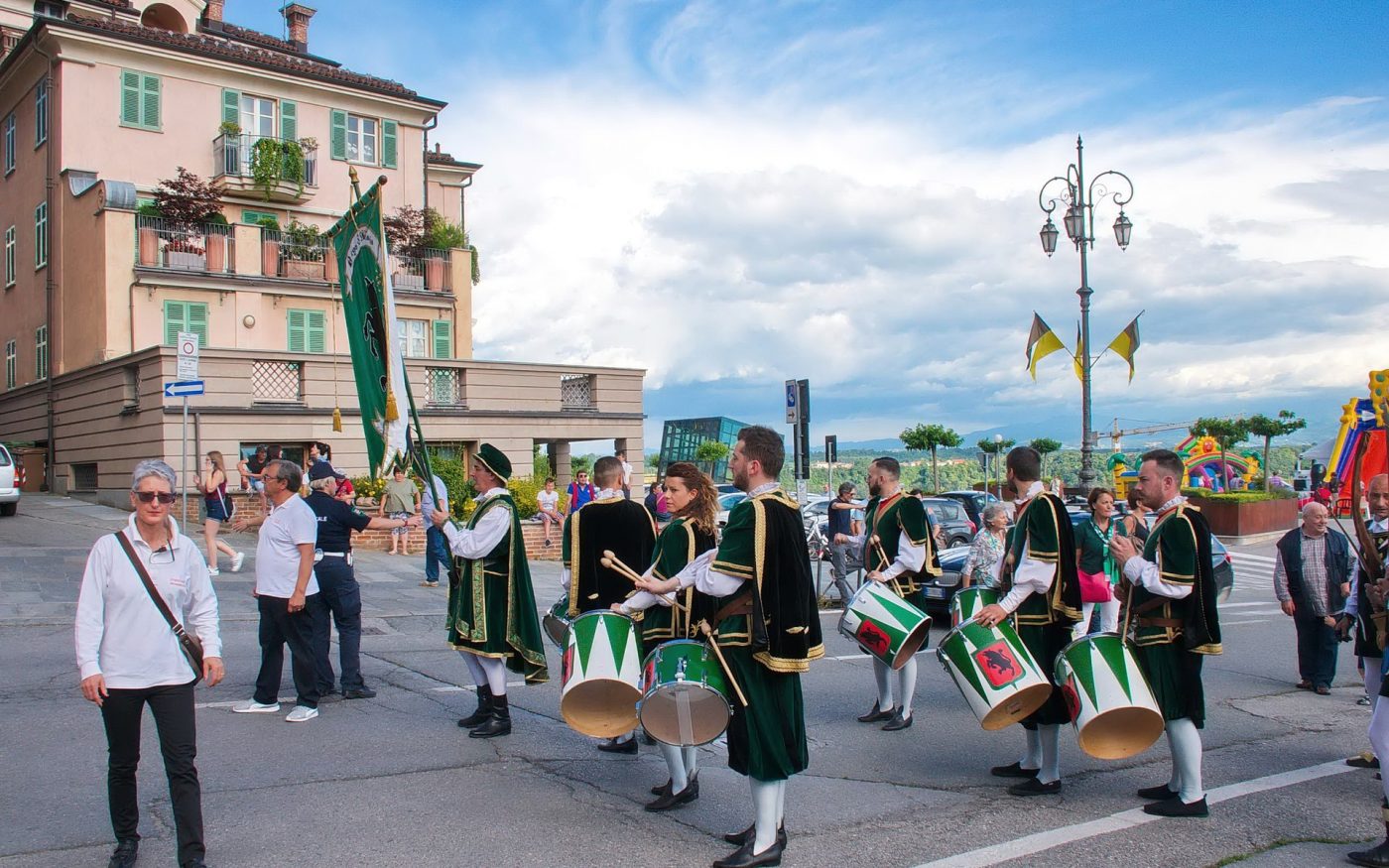
The historical re-enactment commemorates the passage of Charles Emmanuel I and Catherine of Habsburg to Fossano in 1585, during their honeymoon from Spain to Turin.
In honor of the royal couple, solemn celebrations and a spectacular fireworks display were organized.
The jousting of the goose, abolished in the mid-18th century, is today revisited in a non-violent manner through archery and horse racing.
Based on these historical events, a lavish 16th-century costume parade comes to life today, featuring many carefully documented characters of the period.
Even more ancient is the Joust of the Goose, whose origins date back to the 14th century, in which riders had to ride on horseback and try to cut off the head of a goose placed in a basket with a sword.
